Pink Beauty Cinquefoil
$34.50 Original price was: $34.50.$24.15Current price is: $24.15.
- Free Shipping over $25
- Fast & reliable delivery options
- Enjoy top quality items for less
- Multiple safe payment methods

The shrubs called cinquefoils (Potentilla) are well-known to many gardeners, and a source of hardy shrubs that take both harsh winters and hot summers, thriving in difficult conditions and blooming profusely month after month. Most have yellow or white blooms in different shades, but pink and red blooms on these plants have long been the ‘Holy Grail’ for shrub enthusiasts. So we were thrilled when we first saw the Pink Beauty Cinquefoil some years back, and we adored how profusely it was covered in amazing pink blooms – what a great surprise it was. Now we might be more used to it, but it remains a great shrub for different colors in a hardy shrub, and perfect if you have a garden where yellow doesn’t quite fit. This compact bush forms a wide mound, perfect for covering big areas of beds, without growing too high. It’s super-easy to grow, and a great favorite of everyone who sees it.
Growing Pink Beauty Cinquefoil
Size and Appearance
Pink Beauty Cinquefoil is a rounded deciduous shrub growing nearly 3 feet tall, and over 4 feet wide, within about 5 years, under good conditions. It is very bushy, so when planted in the front of a bed it has branches right to the ground, needing nothing more to finish your planting. The pale-brown shredding bark is noticeable in winter, and attractive. Leaves grow on young stems, and also in clusters on older stems. These are about 1 inch long and wide, but divided into narrow leaflets, usually 5, but as few as 3 and as many as 9 might be found. The name ‘cinque-foil’ means ‘five leaves’. These leaflets are slender ovals, and dark green. The leaves and young stems are covered in fine white hairs, giving them an attractive silvery look. The leaves don’t color in fall, they just die and fall – too small to even need raking.
Flowering begins with a bang in May, and continues right up to the first frost. Many blooms are produced at once, and new ones open all the time. Each bloom is an open bowl of 5 broad petals, with a golden center. They resemble small wild roses, each one about ½ inch across, but so many come that the bush can be almost smothered with them. The flowers are a bright pink – an almost unique color for this kind of shrub. In very hot weather the flowers can be paler pink, and often there will be a range of shades on the bush – all of them attractive. Flowers develop into insignificant dry seed pods that are hardly even noticed.
Using Pink Beauty Cinquefoil in Your Garden
If you love a colorful garden, but don’t have the time for much gardening work, then this is the shrub for you. Grow it in sunny beds everywhere, in the foreground or as edging. Plant it on slopes, in the levels of terraced walls, or in a rock garden. Use it in planter boxes for lots of color – if you forget the occasional watering it won’t mind too much.
Hardiness
The Pink Beauty Cinquefoil grows across the country, from zone 3 to zone 7, and it’s especially useful for northern gardeners and in areas where summers are hot and dry, but winters cold. If you grow it in pots, these will survive all winter outdoors in zone 5 and warmer. In zone 4 stand it directly on the ground and mound some straw or dry leaves around the pot. In zone 3 it is best to bury the pot directly in the garden for the winter months.
Sun Exposure and Soil Conditions
In colder zones grow your Pink Beauty Cinquefoil out in the sun, as more than a very little shade will reduce growth. In warmer areas, where fading is most likely, some afternoon shade will help keep the colors strong. If the soil is well-drained, this plant will grow. That includes urban soils, alkaline soils, and rocky ground. It tolerates salt-spray, so it can be grown at a beach cottage too. Of course, in slightly better soil, and with regular water, it will grow quicker and more vigorously, but this tough plant is a real survivor, and grows almost anywhere that isn’t wet.
Maintenance and Pruning
Pests, diseases, and deer as well, all leave the Pink Beauty Cinquefoil alone, and you won’t have to worry about them. A little shrub fertilizer in spring, and more regular liquid feeding when in planters, will give top results for just a little effort. You can trim as needed when growing as a hedge. After a few years it helps rejuvenate your bush and keep it vigorous if you remove a few of the thickest branches low down, stimulating new stems to grow. Do this anytime between spring and late summer – perhaps after the first big blooming is best, but early spring is good too.
History and Origin of Pink Beauty Cinquefoil
The shrubby cinquefoil, Potentilla fruticosa, grows in mountainous areas, often among rocks and on poor soil, all the way from Europe and Scandinavia, through Russia and China, and across North America. It has been grown in gardens for many years, usually as a larger, yellow-flowered shrub.
Many breeders have taken part in the search for red and pink cinquefoils, and we have Professor Louis Lenz, who worked for the Department of Plant Science at the University of Manitoba, in Canada, for ‘Pink Beauty. In 1986 he crossed together two varieties – ‘Pink Whisper’ and ‘Yellowbird’, and then crossed some of the resulting plants with ‘Yellowbird’. In 1987 he examined the seedlings he grew and found just one that had strong pink flowers and a compact form. That became Pink Beauty, which was patented to benefit the University in 1995 (PP# 09,874, now expired).
Buying Pink Beauty Cinquefoil at the Tree Center
Personally, we love the unique coloring of Pink Beauty, a real gift to us all from a skilled plant breeder. It was granted the Award of Garden Merit in 2002, by the prestigious Royal Horticultural Society in Britain, so you can see others think it is great too. You will as well once you see it blooming away in your garden, but order right away, because our supply is limited, and will soon all be gone.
Be the first to review “Pink Beauty Cinquefoil” Cancel reply
Related products
Shrubs and Hedges
Boxwood Shrubs
Ornamental Grasses
Hibiscus
Rhododendron
Rhododendron
Butterfly Bush
Hydrangeas



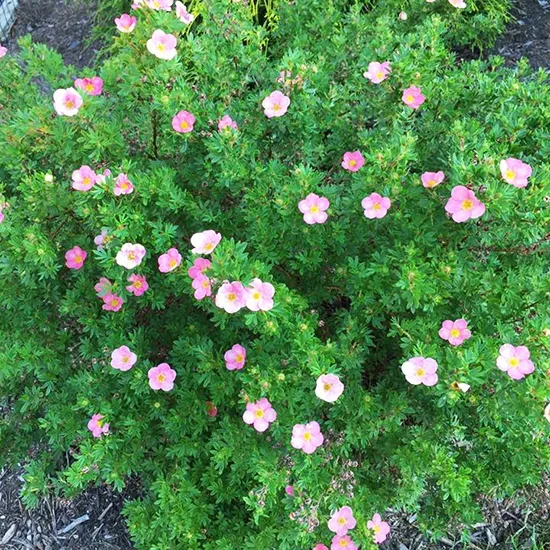

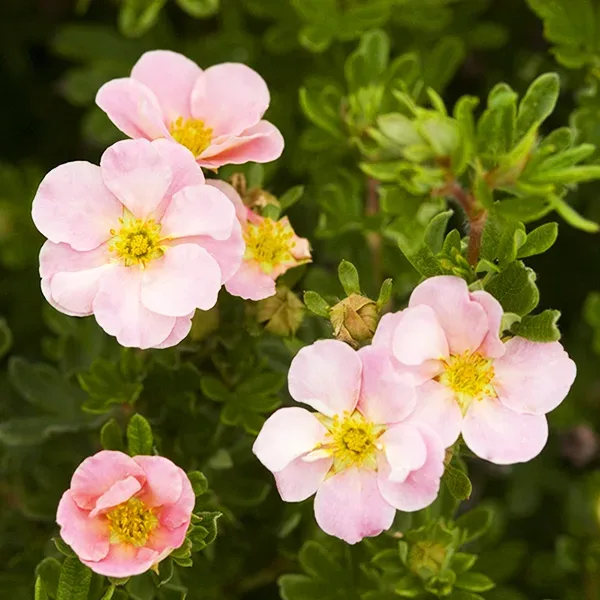

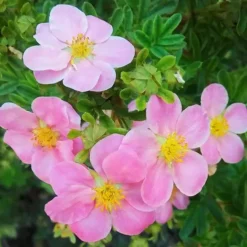

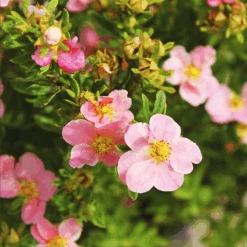

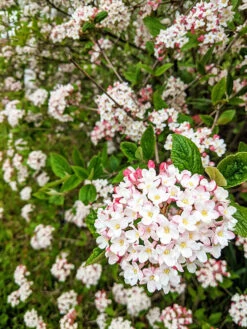
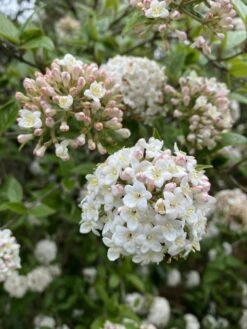


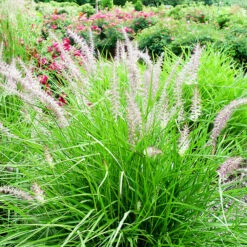
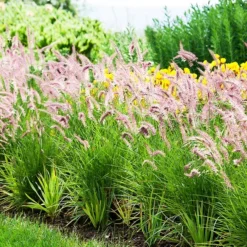
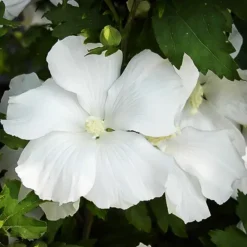
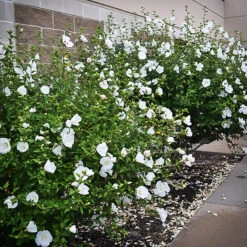
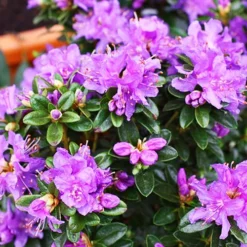
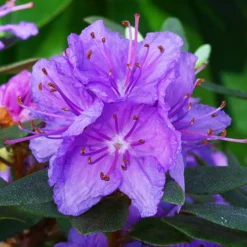

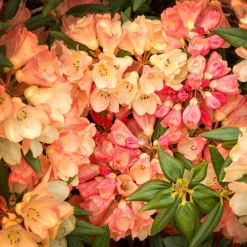

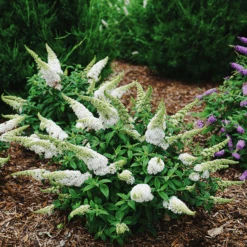
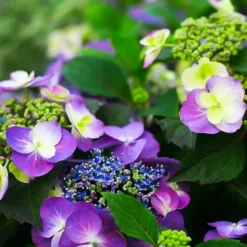
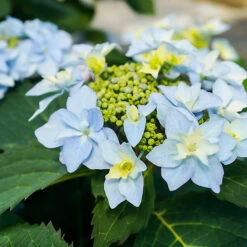
Reviews
There are no reviews yet.